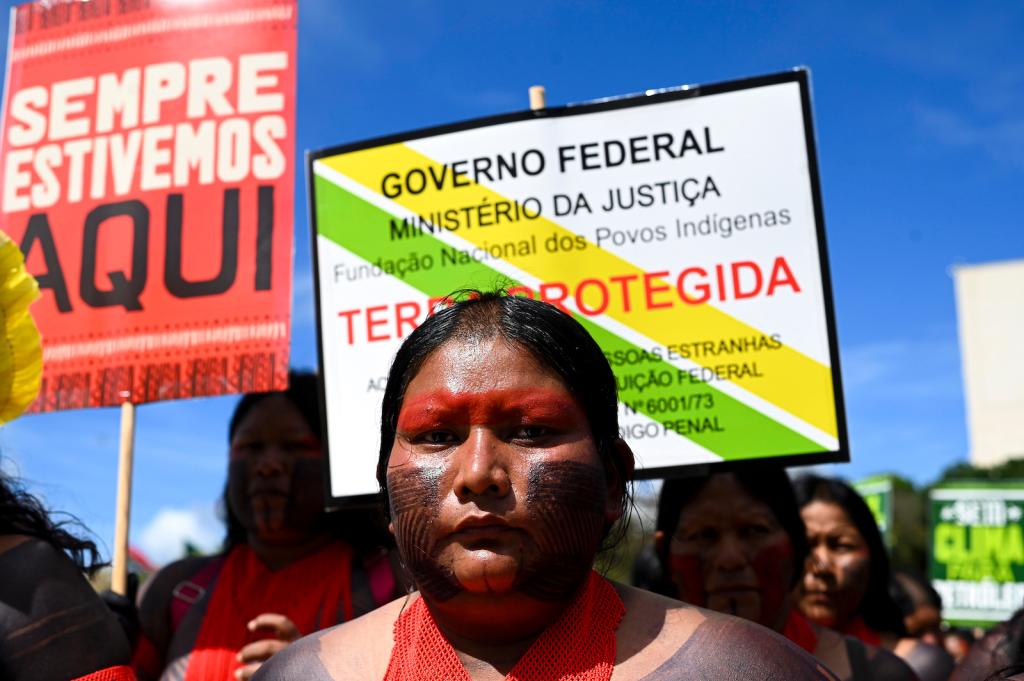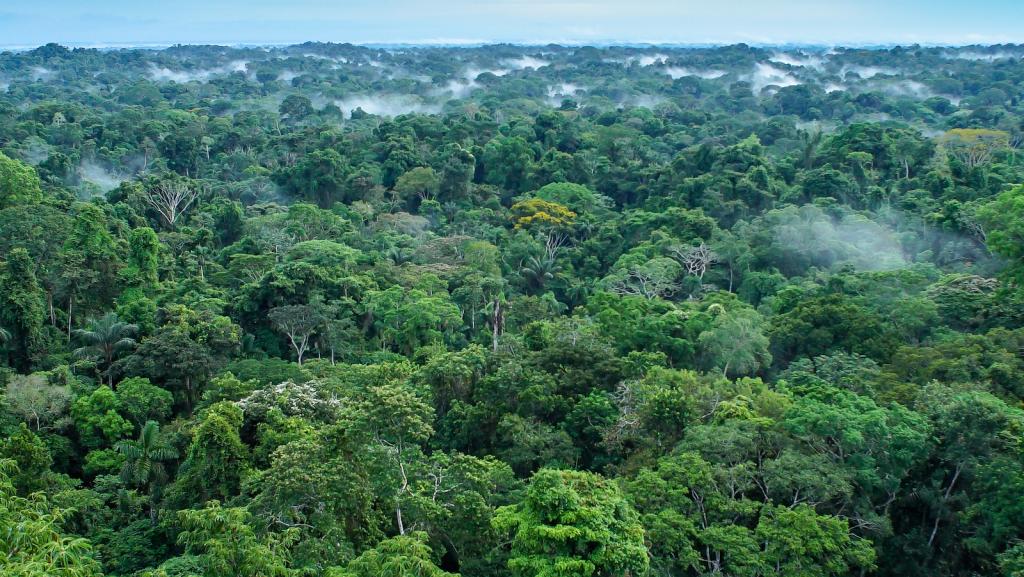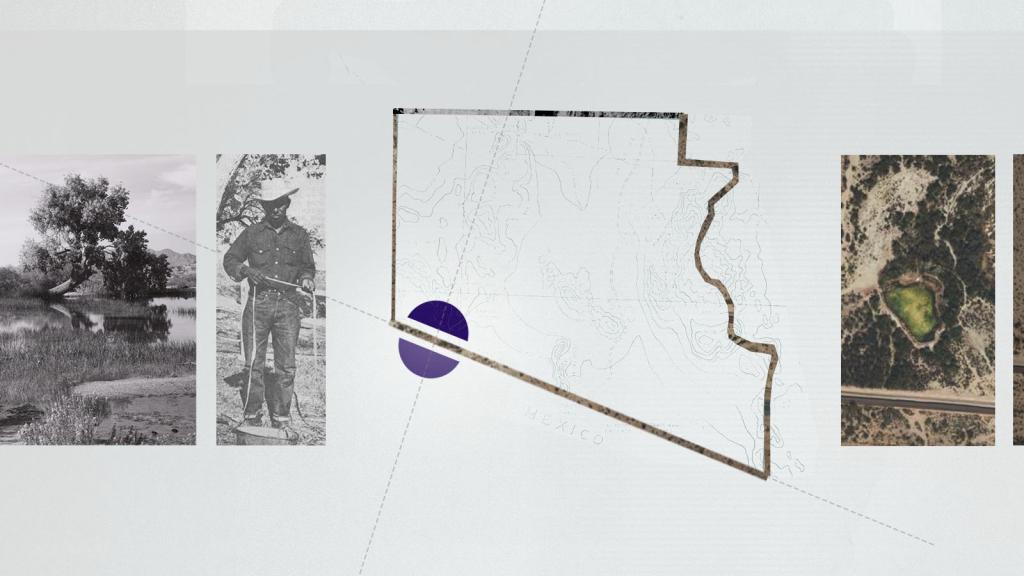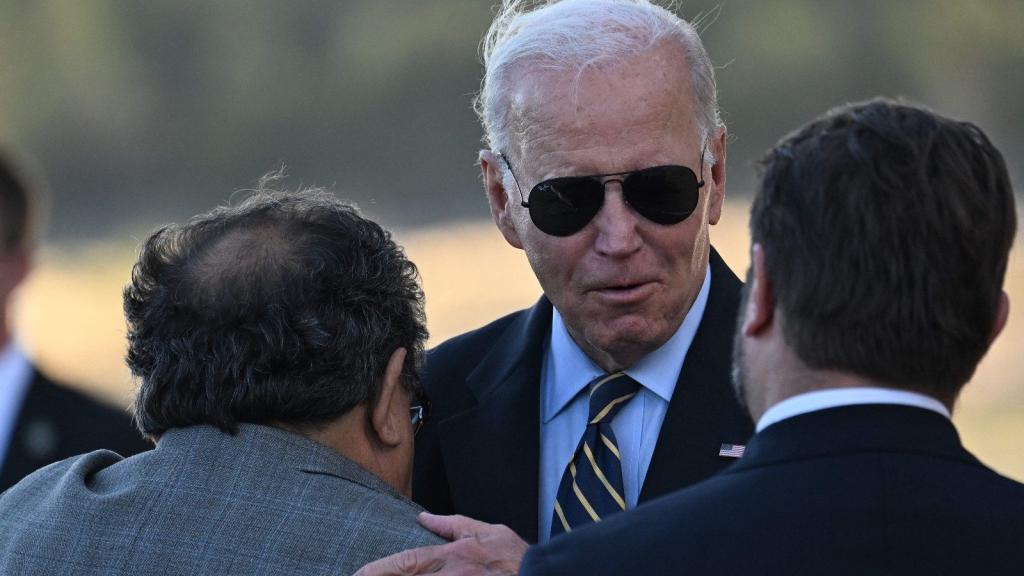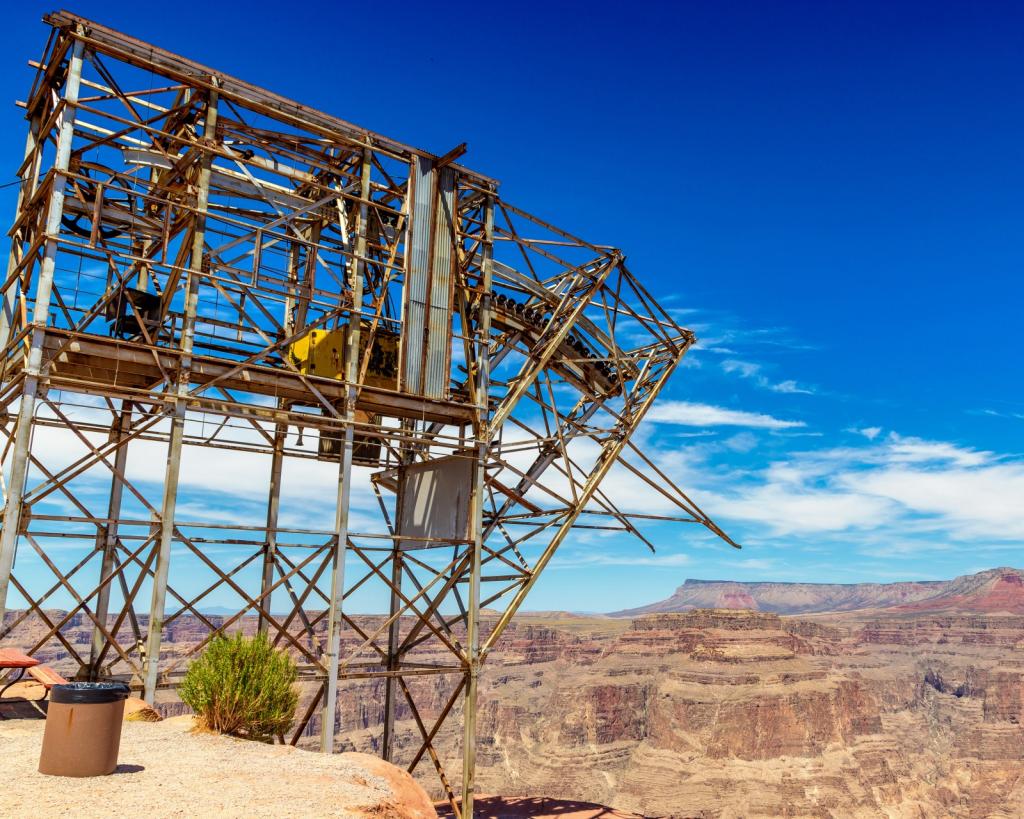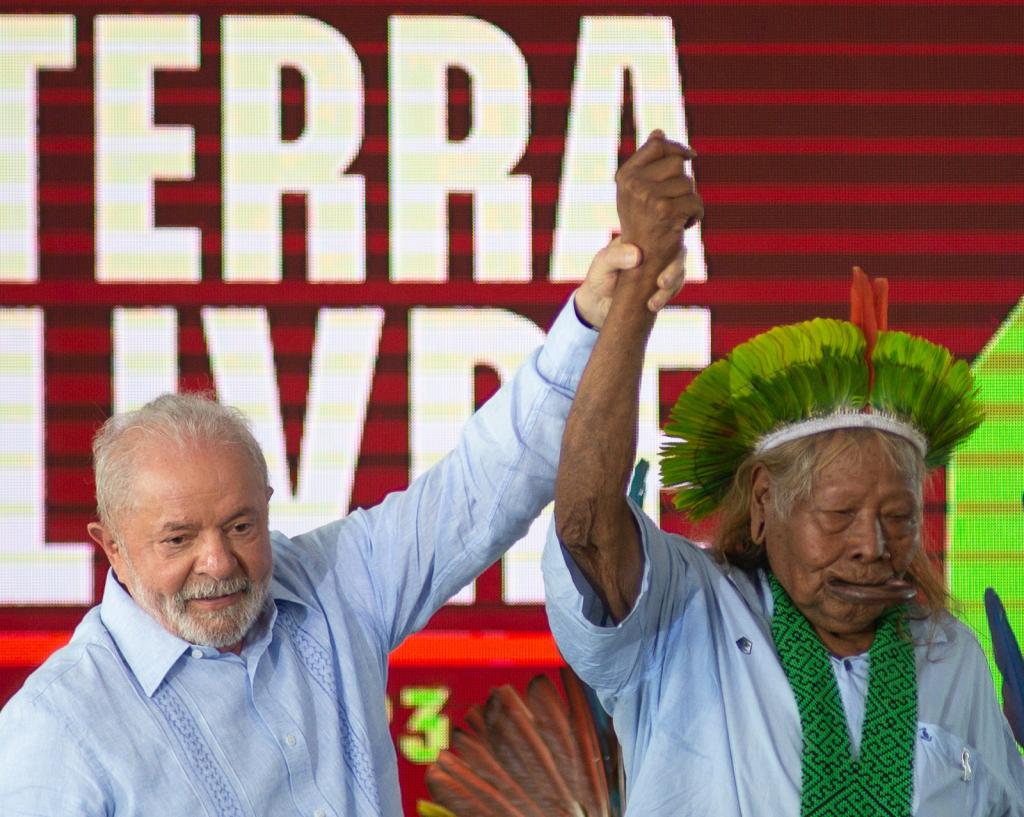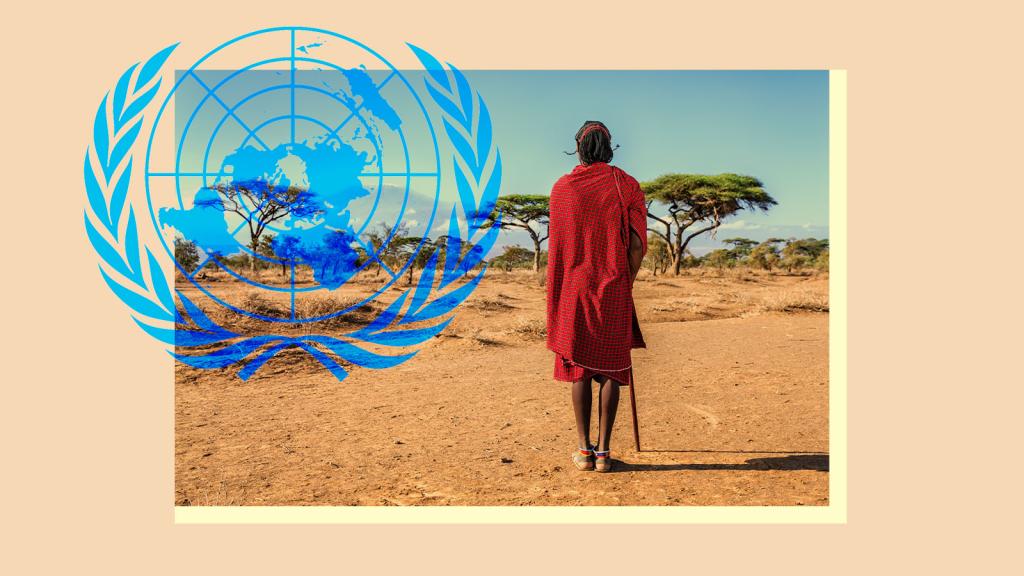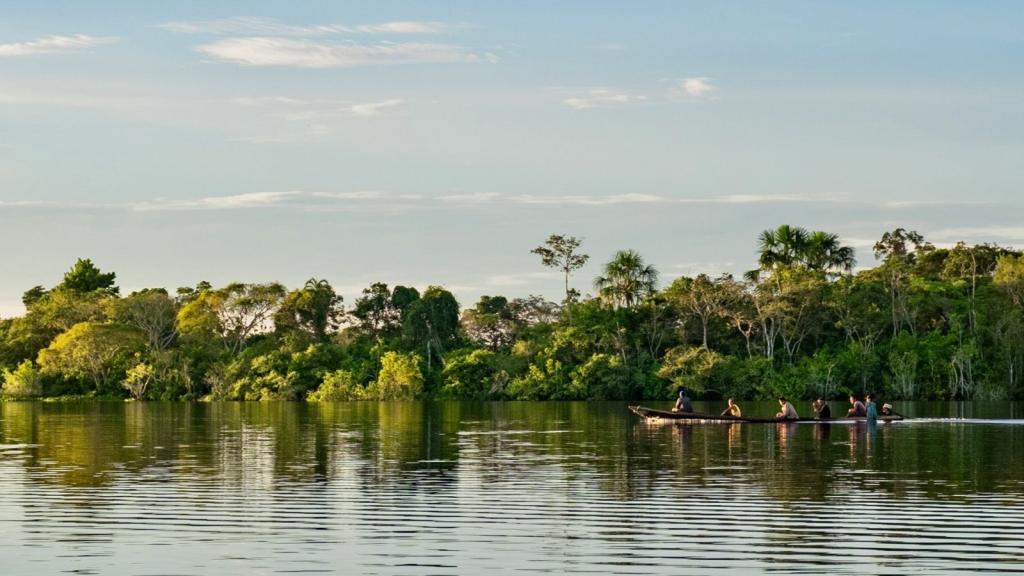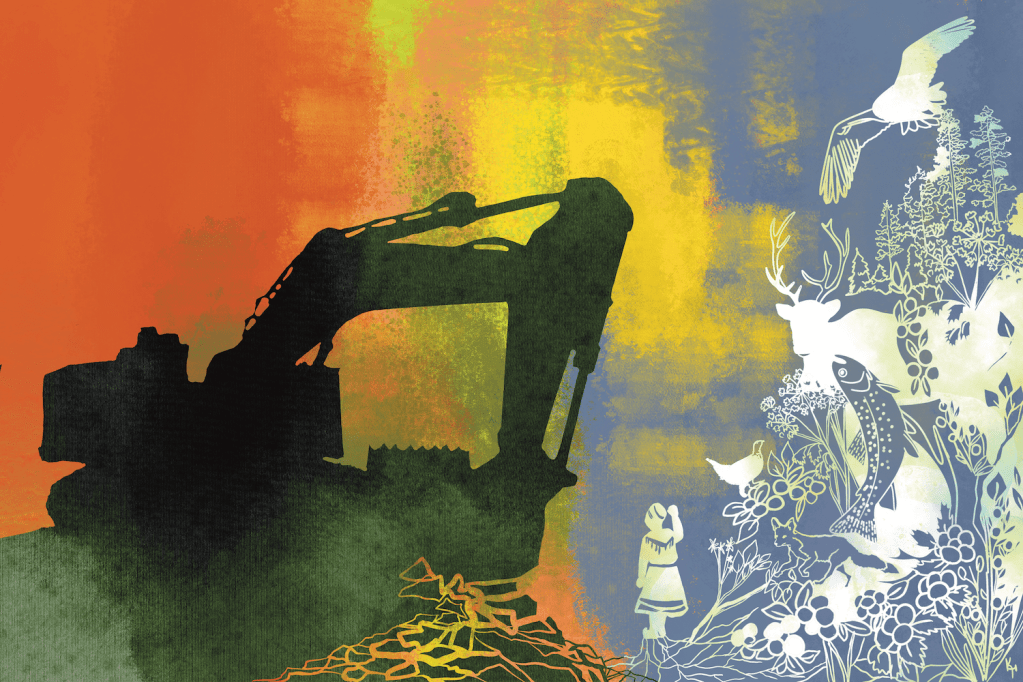The Human Cost of Conservation
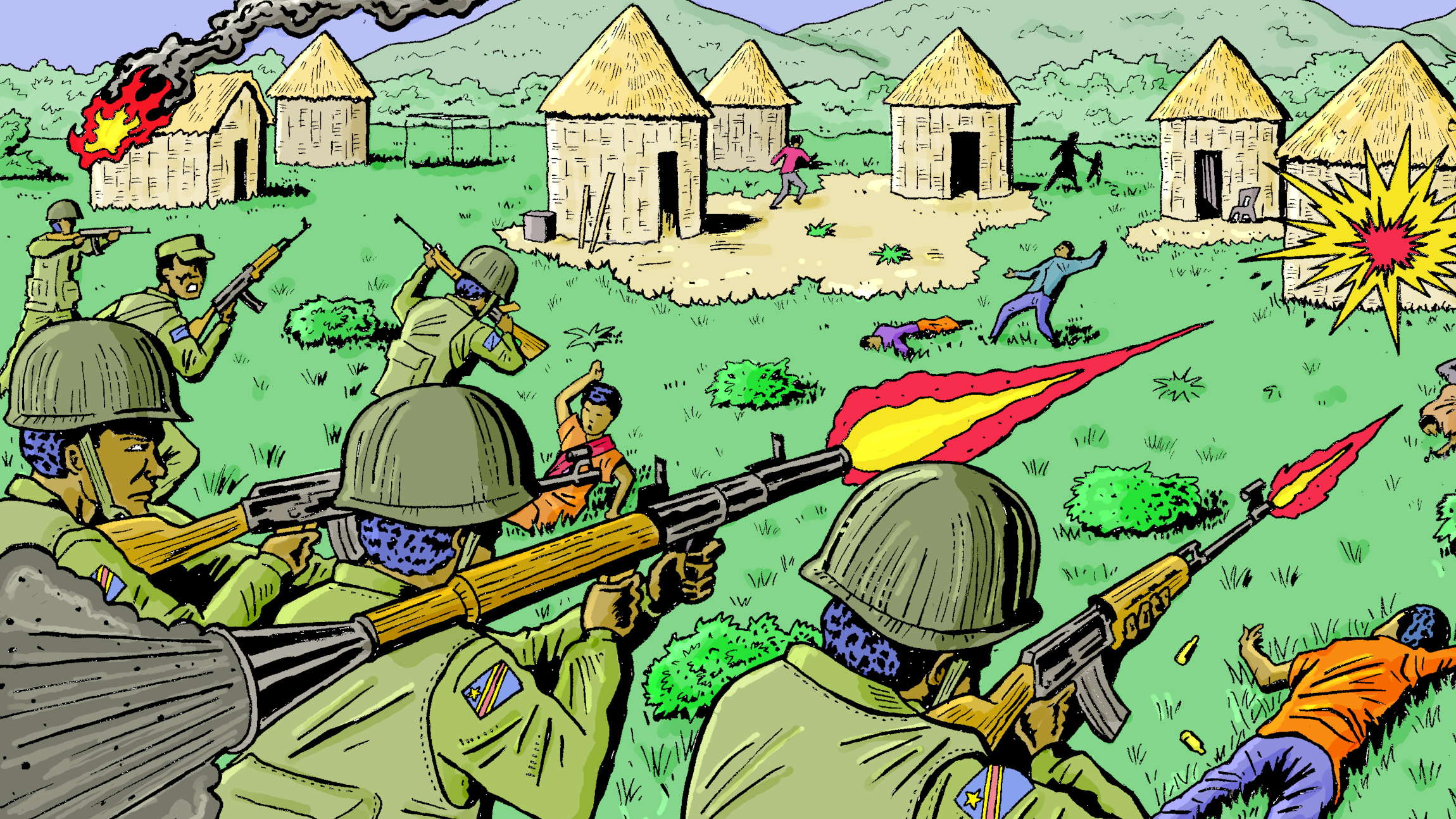
Geographically defined “protected areas,” managed by states or organizations, are one of the new global fronts against biodiversity loss and climate change. But many of those areas are already occupied by Indigenous peoples, whose rights are increasingly being violated in the name of conservation. This series explores how some conservation efforts are costing communities their homes — and in some cases their lives.
In This Series
-
The key to better climate outcomes? Respecting Indigenous land rights and autonomy.
A new conservation study carries important implications for global climate targets.
-
In the Ecuadorian Amazon, oil threatens decades of Indigenous-led conservation
Ecuador’s Socio Bosque project has been key to safeguarding the rainforest. Now, the country’s state-owned oil company is exploiting its many loopholes.
-
How efforts to protect an Indigenous oasis almost led to its demise
The National Park Service's vision of Quitobaquito Springs as a "wild" park was at odds with the Indigenous caretakers already living there.
-
Biden designates Baaj Nwaavjo I’tah Kukveni National Monument
The move by the Biden administration protects nearly a million acres of Indigenous land from future uranium mining.
-
Tribes call on Haaland to push increased protections for the Grand Canyon
As a 20-year ban on mining in the Grand Canyon passes its midpoint, Indigenous nations look to continue protections indefinitely.
-
Brazil’s president returns 800 square miles of Indigenous Iand to its original caretakers
The move bars non-Indigenous from any economic activity in the area and prohibits mining and logging without permission.
-
Indigenous Maasai ask the United Nations to intervene on human rights abuses
Maasai leaders say they have few options as Tanzanian officials lock down protected areas.
-
Restricted Access
Deep in the Peruvian Amazon, the Shipibo people are battling conservation authorities to reclaim management of their land.
-
In Sweden, a proposed iron mine threatens a World Heritage Site — and the culture that made it
How some UNESCO World Heritage Sites can threaten Indigenous lives.
